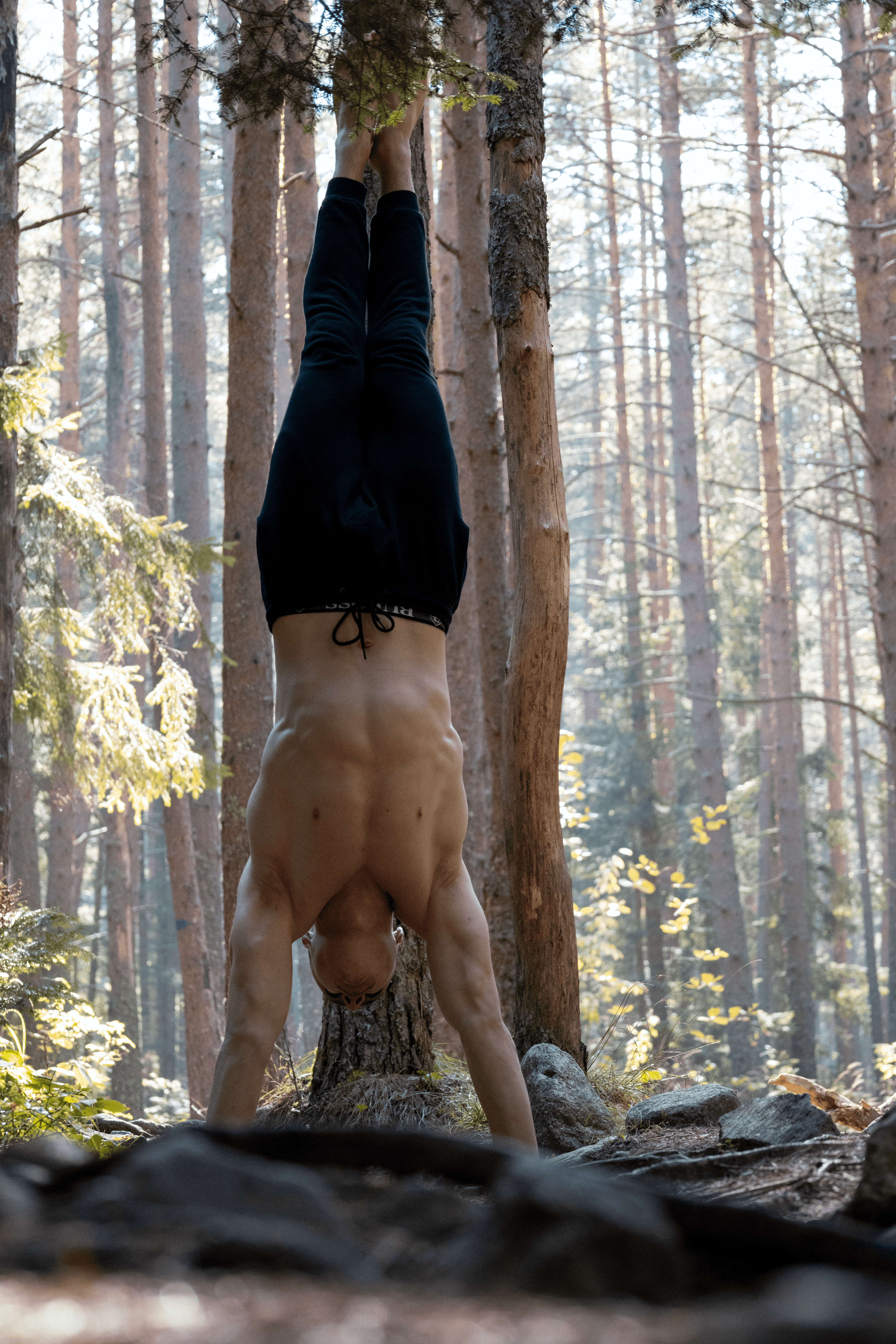Mastering Strength: How to Do Pull-Ups Effectively
Pull-ups are one of the most powerful exercises for building upper body strength and endurance. In today’s fitness-driven world, understanding how to do pull-ups correctly is essential for anyone seeking real physical improvement. In this article, you’ll discover a comprehensive guide to mastering pull-ups, from beginner fundamentals to advanced applications, tailored to boost your fitness journey.

Understanding the Fundamentals
Pull-ups are a bodyweight exercise that primarily targets the upper body, especially the back, shoulders, and arms. Mastering pull-ups begins with understanding the mechanics behind the movement and how it contributes to overall fitness. Historically used in military training and calisthenics, the pull-up has long been regarded as a benchmark of true functional strength.
The foundational principles of pull-ups matter because they form the base upon which progress is built. Think of them as the grammar of movement—without a strong grasp, your “sentences” in fitness will falter. Just as a house needs a solid foundation, a strong pull-up requires proper understanding and preparation.
1.1 The Importance of Grip and Form
Your grip can determine how effective and safe your pull-up practice is. There are several grip variations—overhand (pronated), underhand (supinated), and neutral—all of which engage different muscles. Studies have shown that a stronger grip correlates with better overall upper-body power.
Proper form includes keeping the core tight, retracting shoulder blades, and pulling through the elbows, not the wrists. A common misconception is that pull-ups are only about arm strength, when in fact they rely heavily on your lats and core stabilization.
1.2 Muscle Engagement and Body Control
Unlike machine-based exercises, pull-ups require full body awareness. Each rep activates multiple muscle groups simultaneously, making it a compound movement. This is what sets it apart from isolated movements like bicep curls.
Using your body weight as resistance, pull-ups teach you to move efficiently. From athletes to everyday gym-goers, the control you build through pull-ups improves posture, coordination, and agility.
Practical Implementation Guide
Now that you understand the core mechanics, it’s time to put them into practice. This section will break down the steps needed to successfully integrate pull-ups into your fitness regimen. Results vary depending on consistency and effort, but most beginners see improvement within weeks when following a structured plan.

2.1 Actionable Steps
- Start with Dead Hangs: Hang from a pull-up bar for 20–30 seconds to build grip strength and shoulder endurance.
- Use Resistance Bands: Loop a resistance band on the bar to assist your upward motion while reducing body weight load.
- Follow a Weekly Program: Set milestones such as 3 reps unassisted in week 2, 5 reps in week 4, and so on to track progress.
2.2 Overcoming Challenges
Many people face obstacles like lack of upper body strength, fear of injury, or plateauing. Here’s how to tackle them:
- Weak grip: Use farmer’s carries and bar hangs to improve it.
- Shoulder pain: Warm up properly and avoid overextension.
- Plateau: Vary your routine with negatives and tempo reps.
Look for signs of overtraining such as shoulder impingement or fatigue and take rest days seriously. Expert tip: Film yourself to check for form breakdowns and correct them proactively.
Advanced Applications
Once you’ve mastered the basics of how to do pull-ups, you can progress to advanced methods that challenge new muscle groups and develop explosive power. These techniques are ideal once you can consistently perform 8–12 reps with perfect form.

3.1 Weighted Pull-Ups
This variation involves adding extra resistance using a dip belt or weighted vest. It’s excellent for building muscle mass and testing true upper body strength. According to strength training data, adding just 10-20% of your body weight can significantly increase hypertrophy effects.
3.2 Muscle-Ups and Plyometric Pull-Ups
These advanced forms integrate momentum and power. Muscle-ups combine a pull-up and a dip, requiring rapid force generation. Plyometric pull-ups help build fast-twitch muscle fibers, valuable in athletic performance.
These moves should be integrated slowly into routines that also include rest and recovery days to avoid burnout or injury.
Future Outlook
The future of bodyweight training, including pull-ups, is leaning toward hybrid modalities that mix calisthenics, mobility work, and wearable tech. Personalized tracking tools can now give feedback on your form, reps, and even muscle activation in real-time.
In the next 3–5 years, expect AI-assisted workout coaching and smart resistance gear to revolutionize home and gym-based pull-up training. To stay ahead, begin experimenting with mobility tools, progressive overload, and digital fitness trackers.
Conclusion
To summarize: First, mastering pull-up fundamentals is non-negotiable. Second, consistent, progressive implementation ensures growth. Third, advancing intelligently prevents burnout and boosts performance.
If you’re serious about building functional strength, learning how to do pull-ups the right way will be a game-changer. Start now, stay consistent, and track your success. Your next level of strength is just a bar away.
Frequently Asked Questions
- Q: What muscles do pull-ups work? Pull-ups mainly target the latissimus dorsi, biceps, deltoids, and core, offering a full upper body workout.
- Q: How do I start doing pull-ups as a beginner? Begin with dead hangs and band-assisted pull-ups. Gradually build up your reps and confidence.
- Q: How long does it take to do unassisted pull-ups? Most beginners can achieve 1-3 unassisted reps within 3–6 weeks, depending on effort and body weight.
- Q: Do I need equipment to train for pull-ups? A pull-up bar is essential. Resistance bands and weighted vests are useful but optional.
- Q: How do pull-ups compare to lat pulldowns? Pull-ups engage more stabilizer muscles and improve functional strength better than lat pulldowns.
- Q: Are pull-ups hard to learn? They can be at first due to body weight resistance, but consistent practice and modifications make them achievable.
- Q: Can I use pull-ups in sports-specific training? Yes, athletes in climbing, martial arts, and gymnastics benefit greatly from pull-up-based routines.